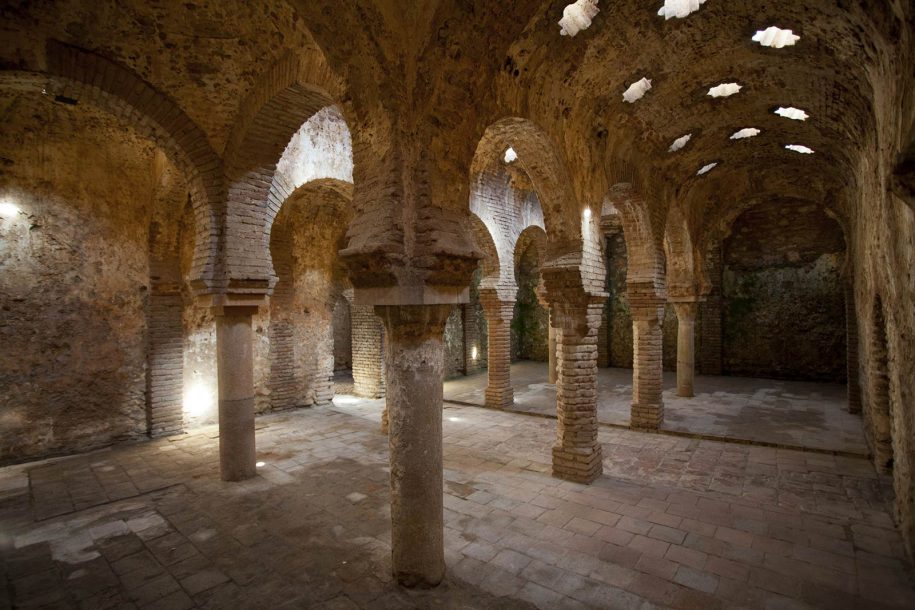Built in the late 13th and early 14th centuries . It is one of the best preserved and most interesting bathrooms in all of Spain, although they have lost the rich materials of marble, plasterwork and mosaics that used to cover these buildings. The hammam or bath is the Muslim adaptation of the ancient Roman baths; It consists of the same parts (cold, warm and hot room, hypocaustum, boiler and reception room), but unlike the Romans, the Muslims are mainly steam baths.
& nbsp;
It has a double function , as part of the religious ritual , on the one hand, and as a focus of social life on the other. Even as an obligatory step for outsiders who visit the city, serving as a prelude to it, as if it were a great mosque; For this reason, there are many cases in which some baths are located next to the gates of the cities, among them the one in Ronda, located at the foot of the disappeared Puerta de la Puente.
& nbsp;
Its organization was based on two vital pillars: the collection of water and its internal distribution. To facilitate access to the first, a waterwheel is built, located at the end closest to the confluence of the stream of the Culebras and the river Guadalevín. From there, the water was led, through a small aqueduct, to the first room of the bathroom, the woodshed, in which the boiler was located, as well as a small cistern where to store the liquid element before its distribution to the cold room , located on the opposite side of it. Thus transmitting heat underground (through the hypocaustum) to the hot rooms (next to the woodshed) and warm rooms, the latter of greater proportions. The steam was obtained by throwing buckets of water on the red-hot floor of these two rooms, serving the cistern that we mentioned before, at the same time, as a tank from which the containers would be filled.
& nbsp;
Finally, there would be the entrance room to the bathroom, the so-called bayt al-maslaj , starting and ending point in the cleaning process, composed of service rooms, such as the latrine or the changing rooms that were organized around a small pool. It would be covered with a large dome resting on cruciform pillars and lowered arches, so the current view of the arcade is totally false.

